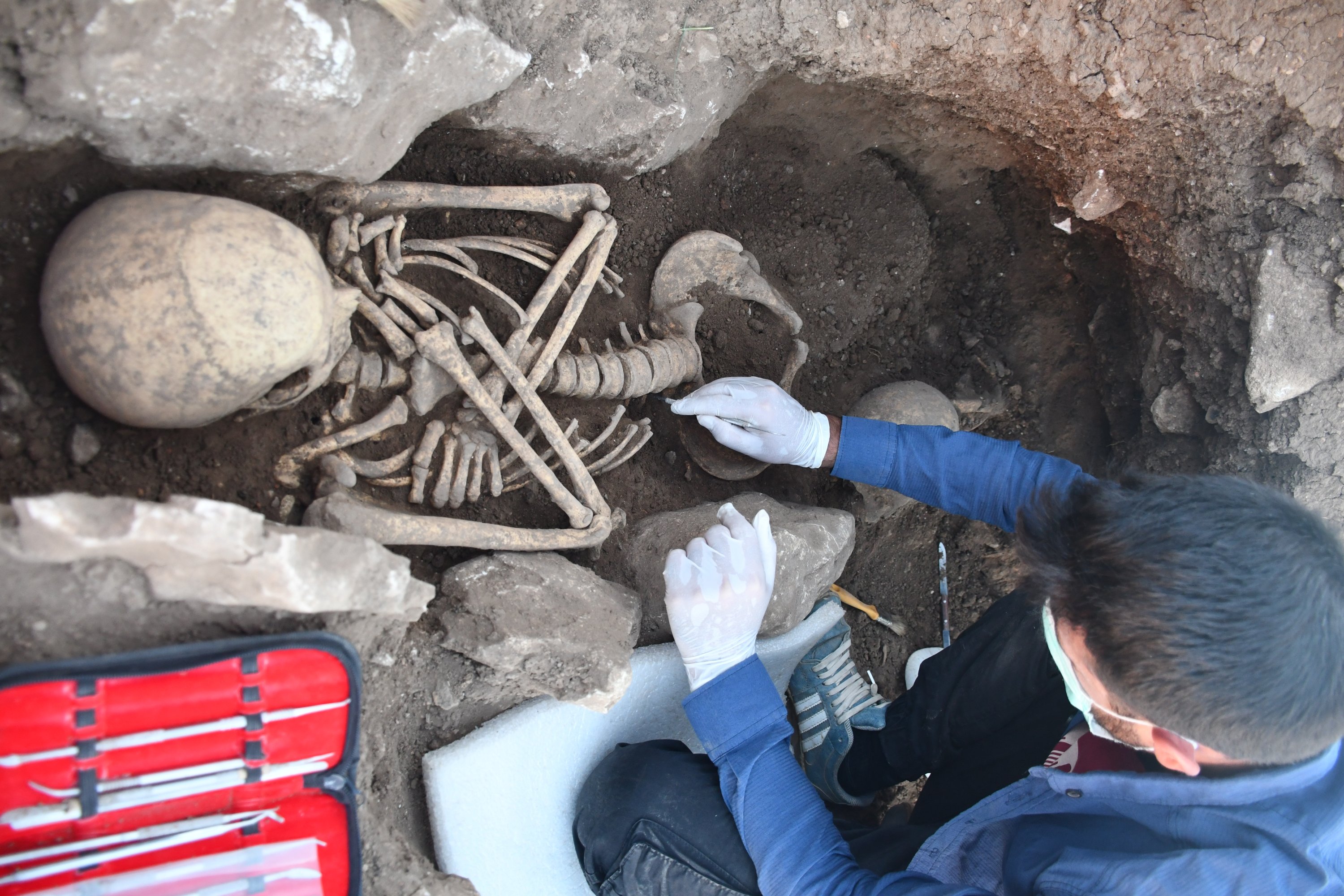
Turkey has been the birthplace of many great civilizations and empires throughout history, and the marks of these people can be seen across Anatolian lands with ancient cities and archaeological sites revealing the country's dense historical diversity. Today let's take a look at how these archaeologists working both diligently and carefully reviving the cultures across these sites and cities restore ancient artifacts to display in museums.

The research has uncovered that Gre Fılla was a Pre-Pottery Neolithic Period settlement that shifted to the mounds of Kendale Hecala and Ambar in the Pottery Neolithic Period. Ambar, with its large structures and thick stone walls, was the central settlement and Kendale Hecala was a seasonal settlement, while Gre Fılla was used as a cemetery in the Middle Ages.
During the excavations, more than 6,000 historical artifacts, dating from 7000 B.C. to the present day, were unearthed in the mounds. Work continues on the artifacts once collected at the excavation house where they are categorized into two groups: inventory or study. The findings selected for inventory will be restored to be put on display at museums while the study items are used for scientific purposes.
Next, a team of archaeologists, restorers, anthropologists and art historians meticulously clean, document, fix, sketch and photograph each artifact. Some artifacts are unearthed in dozens of pieces and need to be put back together like a puzzle in order to be restored to their original form from thousands of years ago.
Archaeologist and excavation team member Özlem Ekinbaş Can told Anadolu Agency (AA) that a team of more than 30 people worked to uncover the historical artifacts that have been buried for thousands of years, collecting them in the excavation house. Can explained that members of the team first clean the artifact before it is documented, integrated, combined, drawn and photographed. "A meticulous study similar to the one conducted on the archaeological site is being maintained in the excavation house as well. At the end of the process in this house, the artifacts are delivered to the Diyarbakır Museum,” she added.
Another example of archaeological restoration work is the Harran Archaeological Site in southeastern Şanlıurfa province. Historical artifacts discovered at the site, one of the oldest settlements in history, are put on display in museums after undergoing a thorough cleaning, categorizing and digitizing.
Excavation Head Mehmet Önal told AA that more than 10,000 historical artifacts were unearthed at the site to date. The artifacts include coins, architectural pieces, figures, statues and bone and ivory works among other ceramic, glass and metal artifacts.
In the Harran archaeological site, the artifacts had to go through a rigorous six-step process. The first step, as in the mounds of Ambar, Kendale Hecala and Gre Fılla, is to decide which artifacts will be reserved for study and which ones will go on display.
The artifacts are cleaned in the second step of the process and numbered in the third. Once they have been put back together and drawn, the artifacts are photographed.
Rahime Selim, an archaeologist working at the Harran site for almost seven years shared that the method of cleaning differs for each artifact and that the team works carefully both in the field and at the dig site. "We are most careful about the protection and preservation of the artifacts after they are excavated from the site. Each artifact requires its own techniques for cleaning. We have different colleagues that clean every one of them with their own techniques," she said. Another archaeologist from the site, Jiyan Çalık, added that behind every artifact that is on display, a great deal of diligent effort has gone into putting it there.
